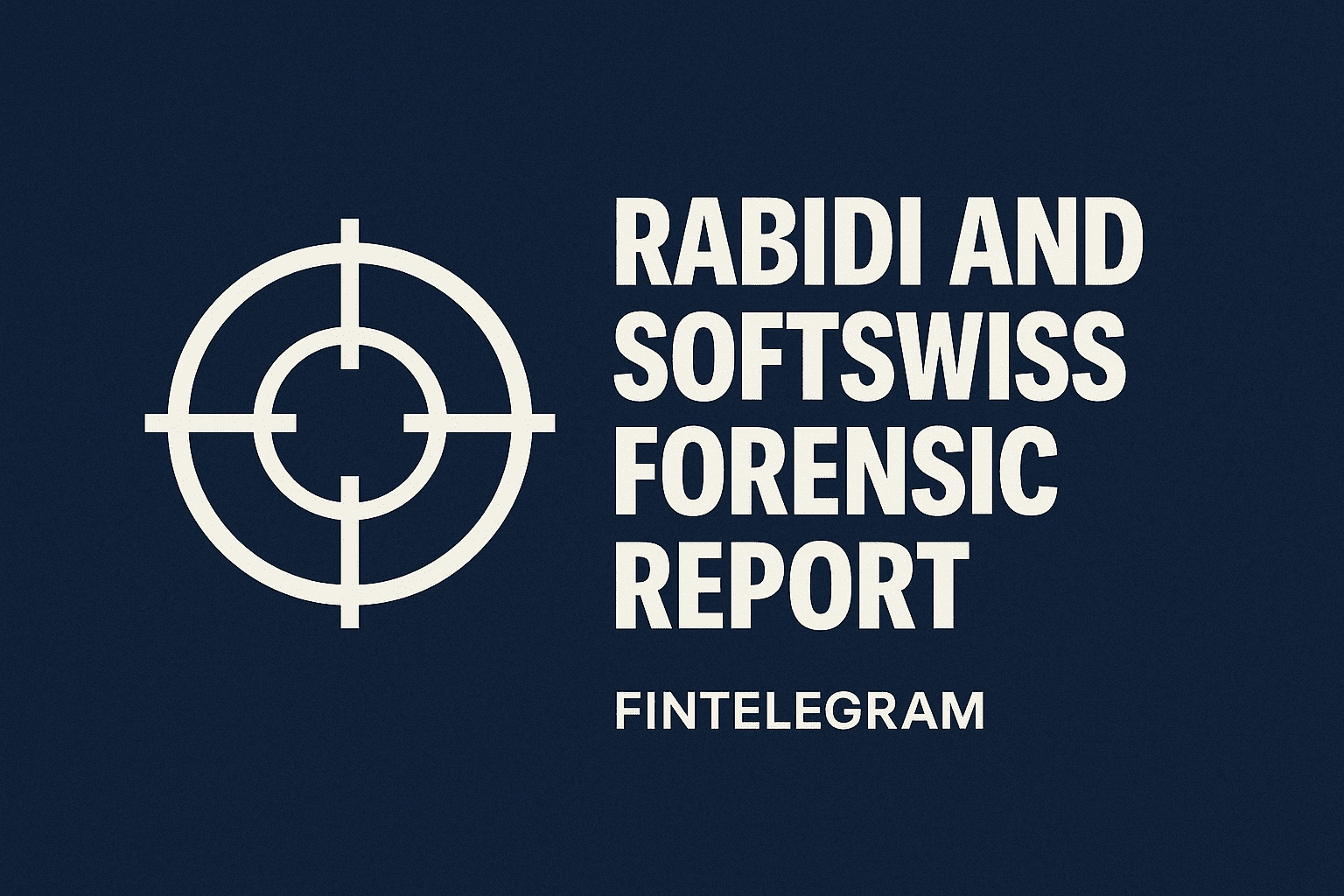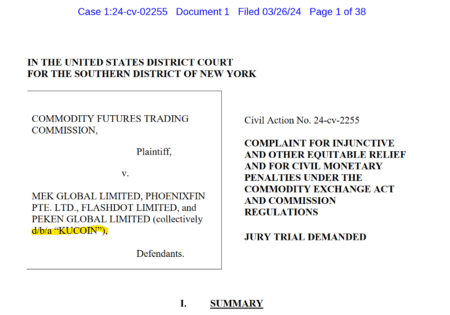Every crypto bull cycle has its narrative. This time, it’s the meme coins, along with the ETFs. As cryptocurrency evolves, it increasingly becomes a breeding ground for high-risk gambles and potential scams, encapsulating a Wild West environment where investor protections seem minimal. This notion is exemplified in the case of the meme coin Watercoin ($WATER), which was recently scrutinized in a comprehensive review by the cyberfinance rating agency PayRate42.
A Frenzy Wrapped in Speculation
The meme coins, mostly offered by unknown issuers, often attract tens of millions of dollars from investors and gamers. These are not marginal phenomena but are central to the current crypto bull cycle.

Watercoin‘s initial coin offering (ICO) was a blitz of excitement and promises. It kicked off with a presale that was marred by a lack of transparency and ended with investors grappling with delays and vague procedures.
Despite being sold out in mere minutes during its presale, the execution left much to be desired. The frenzy didn’t stop at the presale; as the coin entered the market, its price soared by 400%, a typical trait of what many would call a “pump-and-dump” scheme.
We were not able to find a whitepaper before the publication of this investor alert. We have only found a cursory description in the Watercoin Wiki, which sounds more like a marketing plan than an informative whitepaper.
Learn more about the Watercoin in the WatercoinWiki here.
Communication Breakdown
The essence of Watercoin‘s struggle was not just in its operational missteps but also in its poor communication. Participants were often left in the dark, with presale tokens delayed and the final transfers pushing patience to its limits. These communication failures fueled not only frustration but also skepticism about the coin’s stability and the intentions behind its flashy market entry.
Pump, Dump, and the Rug Pull Concern
Similar to its predecessor, Beercoin, Watercoin’s dramatic price surge, followed by a significant drop, raised alarms about potential “rug pulls”—a scenario where developers abruptly remove liquidity from a project and flee with the investors’ funds. Such patterns highlight the speculative nature of meme coins and their potential as tools for fraud.
A Call for Caution and Regulation

The case of Watercoin brings to the forefront the urgent need for stringent regulations in the crypto space. Meme coins, often characterized by their community-driven hype rather than fundamentals, pose significant risks. They operate outside traditional regulatory frameworks, exposing investors to manipulations and fraud.
The Watercoin scheme does not reveal the specific individuals or organizations behind the issuance of the Watercoin (WATER) token. The only details provided are about Watercoin’s focus on clean water initiatives and its listing on the Bitget exchange. The identity of the Watercoin issuers remains unclear based on the information given.
The Watercoin website (Watercoin.wtf) states that the token “exists to ensure fair asset redistribution among holders while also supporting charitable causes.” It mentions that Watercoin will have a “Dedicated Charity Wallet” for transparency, where donations and charity campaigns will be conducted. However, the website does not name specific charities or organizations that Watercoin supports. It only states that the goal is to “have a net-positive impact on the real world with the help of charity.
FinTelegram warns potential investors about the perils of such ventures through critical examinations such as the PayRate42 review. These are not investments but high-stakes gambles without the oversight necessary to protect participants. The excitement surrounding meme coins should not obscure the reality of their operation, which is akin to gambling in an unregulated casino.
Regulatory Oversight is Imperative
The trajectory of meme coins like Watercoin should be a wake-up call for regulatory bodies. The lack of accountability and transparency is a fertile ground for manipulation and abuse. As such, FinTelegram urges regulators to step in and establish rules that protect investors from these high-risk gambles.
In conclusion, while the allure of quick gains can be tempting, the volatility and risks associated with meme coins make them unsuitable for serious investment. Investors should tread carefully, equipped with the knowledge that today’s surge can easily become tomorrow’s plunge, leaving them with significant losses.





